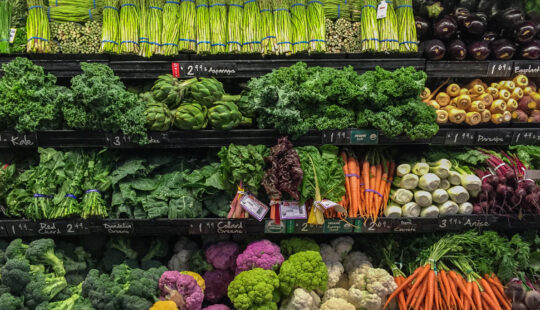When your retail business has a national footprint with outlets varying in size and offering, having a single point of sale management system can get complicated.
Pick ‘n Pay is a leading grocery retailer, with stores ranging in size form small garage stores to hyper storage, liquor stores, the Qualisave network, container outlets, franchises and a clothing store. On top of that, the retailer has a home store online, a clothing website, and groceries available via Mr D, Pick ‘n Pay ASAP and Takealot. Adding to the complexity, the group offers services like the Smart Shopper programme, money services, mobile offerings and more.
“It become a big blur to deal with all these point of sale transactions,” says Anja Leonard, enterprise solutions architect at Pick ‘n Pay.
Pick ‘n Pay initially deployed the SAP POS DM application in 2004, and it was battling to cope with the new environment.
The decision was taken to move to CAR/DTA, to bring the point of sale technology up to date.
Essentially, the new system does pretty much what the old one does, but the move was a strategic decision to build a solid framework for driving innovation going forward.
Having decided to make the move, and to go with the new CAR/DTA system as opposed to simply upgrading POS DM, the group had to determine how to do it.
Pick ‘n Pay opted to partner with a company that provided an implementation accelerator, which would allow the team to meet deadlines and make use of outside resources. Beyond Technologies was selected to assist Pick ‘n Pay in implementing SAP CAR/DTA.
With all the different point of sale outlets, more than 13 interfaces had to be implemented – much more than the reference architecture, and adding to the complexity.
The team decided to do the migration in just under six months, ending in November 2021.
“The accelerator was really valuable and helped us,” Leonard says. “At times the preconfigured values didn’t match ours, so we had to tweak them, but the Beyond Technologies people were able to help.”
Pick ‘n Pay deployed its own resources to do the key work in addition to their regular jobs and other projects. “So we found we were pushing a bit too hard there, and had to revise our timelines.”
Other challenges in the project included the fact that POS DM enhancements and production fixes had to be duplicated in CAR/DTA, making testing requirements a moving target.
With markup files, the team found that the Pick ‘n Pay bespoke functionality for reconciliation was much more complex than anticipated.
If they were to do the project again, Leonard says the team would test more thoroughly in development, and would take a project approach.
A number of things worked really well, including the parallel landscape for testing in POS DM and CAR/DTA; the trial production system with AWS; and entrusting Pick ‘n Pay resources with key roles and responsibilities.
The CAR/DTA system eventually went live in January 2022 – a little later than initially planned.
Today, the group is leveraging the value of the migration, Leonard says.
So far, there is a realtime stock position for Mr D and Takealot, with the other channels in flight. Reporting and financial reconciliations can now be done at speed.
Pick ‘n Pay is in the process of implementing UDF and is expecting to get value from price elasticity, promotional uplift, and supply chain efficiencies.
It is also in the process of implementing PMR, which will give it better insight into promotional analytics. What-if projections for optimal price points should also be possible and should make a difference to the success of promotions. The implementation of PMR may create the opportunity to redesign some of the business processes at some point.
This article first appeared on ITOnline.



